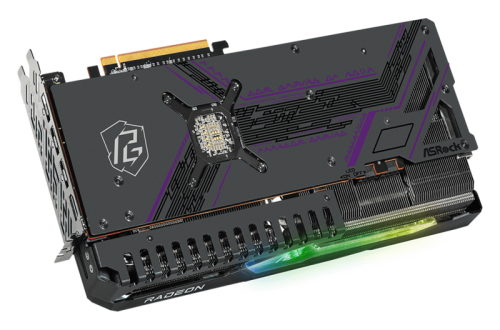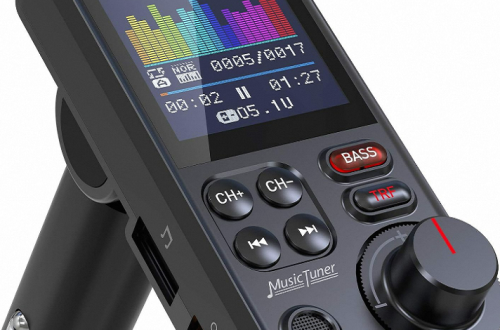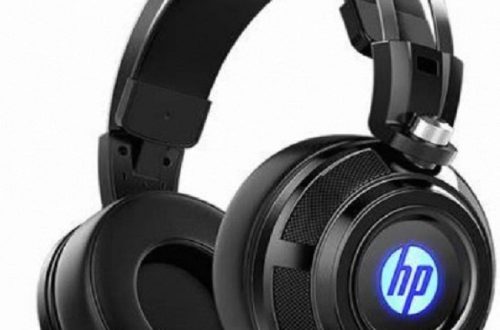Part 1: Understanding Posture Correctors
Posture correctors are orthopedic devices designed to improve posture and alleviate discomfort associated with poor spinal alignment. These devices come in various forms, from braces to wearable garments, and are designed to provide support and encourage proper alignment.
1. Braces and Support Devices
Posture correctors often come in the form of braces that are worn around the shoulders and back. These braces help to pull the shoulders back and align the spine. They are generally adjustable, allowing for a customized fit. This makes them discreet and wearable under clothing.
2. Wearable Garments
Another type of posture corrector is designed as a wearable garment. These garments, such as shirts or vests, provide support and compression to the back and shoulders. This gentle pressure helps to improve posture and spinal alignment. Wearable posture correctors are often made of breathable materials, ensuring comfort throughout the day.

Part 2: Benefits for Posture Improvement
Posture correctors offer a range of benefits for individuals seeking to improve their posture and reduce discomfort associated with poor spinal alignment.
1. Enhanced Spinal Alignment
Posture correctors work by providing support and gentle pressure to the back and shoulders. This encourages the spine to align in a more natural and neutral position. By doing so, these devices alleviate strain on the muscles and ligaments that support the spine. This reduction in strain can significantly reduce discomfort and pain, particularly for individuals who spend long hours sitting or standing. Over time, consistent use of a posture corrector can help to establish better posture habits.
2. Muscle Strengthening
Wearing a posture corrector can also contribute to muscle strengthening. As the device helps to maintain proper posture, the back and shoulder muscles are forced to work harder to support the body in this corrected position. This increased workload can lead to improved muscle tone and endurance. By strengthening these muscles, individuals may be able to maintain good posture even without the aid of a corrector.
Part 3: Posture Correctors and Pain Relief
Posture correctors can be beneficial for individuals experiencing discomfort or pain associated with poor posture, providing relief and support for various musculoskeletal issues.

1. Alleviation of Back Pain
Poor posture is a common cause of back pain. When we slouch or hunch, we place excessive stress on the muscles and vertebrae of the spine. This can lead to discomfort, pain, and even long-term spinal issues. By using a posture corrector, individuals can maintain proper spinal alignment. This reduces strain on the back muscles and vertebrae, alleviating back pain and preventing further discomfort.
2. Neck and Shoulder Relief
Poor posture, characterized by slouching and rounded shoulders, can lead to a host of discomfort and pain in the neck and shoulders. When we slouch, our head juts forward, straining the delicate muscles in our neck. This forward head posture, often exacerbated by prolonged screen time, can lead to chronic neck pain, headaches, and even muscle tension in the upper back.
Similarly, rounded shoulders can put undue stress on the shoulder muscles and nerves. This can result in shoulder pain, stiffness, and limited range of motion. Over time, poor posture can lead to muscle imbalances, where some muscles become tight and others weak. This can further contribute to pain and discomfort in the neck and shoulders.
Fortunately, a posture corrector can help alleviate these issues. By gently reminding you to maintain proper alignment, a posture corrector can help reduce strain on the neck and shoulder muscles. It can help to retrain your body to adopt a more upright posture, reducing tension and pain. Additionally, a posture corrector can help to strengthen the back and core muscles, which are essential for maintaining good posture. By addressing the root cause of neck and shoulder pain, a posture corrector can provide significant relief and improve overall well-being.

Part 4: The Role of Posture Correctors in Daily Life
Posture correctors can play a valuable role in supporting individuals in their daily activities, whether at work, during physical exercise, or while engaging in leisure activities.
1. Work Environments
Many individuals spend a significant portion of their day sitting at desks or working on computers. This sedentary lifestyle often leads to poor posture, characterized by a forward-leaning posture, rounded shoulders, and a hunched back. Such poor posture can contribute to a host of problems, including back pain, neck pain, and headaches. Posture correctors can be a valuable tool for individuals in these work environments. By providing support and gentle reminders to sit up straight, these devices can help maintain proper alignment and reduce strain on the spine and surrounding muscles.
2. Physical Activity
While posture correctors are often associated with sedentary lifestyles, they can also be beneficial during physical activity. Whether you’re engaging in weightlifting, yoga, or any other form of exercise, maintaining proper posture is crucial for optimal performance and injury prevention. Posture correctors can provide support and stability during these activities, helping to ensure proper alignment of the spine and extremities. By using a posture corrector, individuals can improve their form, reduce the risk of injury, and enhance their overall workout experience.
Part 5: Considerations for Posture Corrector Use
While posture correctors offer numerous benefits, it is essential to use them thoughtfully and in conjunction with other posture-improving strategies.

1. Gradual Adaptation
When embarking on your posture correction journey, it’s crucial to introduce the corrector gradually. Your body may require time to acclimate to the new, corrected posture. Begin by wearing the corrector for brief periods each day, and progressively increase the duration as your body adapts. This gradual approach helps to minimize discomfort and prevent muscle soreness.
Consistency is key to achieving lasting results. By wearing the corrector regularly, you can train your muscles to maintain proper posture even when the device is not in use. Over time, your body will develop a muscle memory for good posture, reducing your reliance on the corrector.
2. Supplemental Strategies
While posture correctors can be effective tools, they work best when combined with other strategies. To maximize the benefits of a posture corrector, consider incorporating the following:
Targeted Exercises: Strengthening the back and core muscles can significantly improve posture. Exercises like rows, pull-ups, planks, and yoga poses can help to strengthen these muscles.
Ergonomic Adjustments: Evaluate your workspace and make necessary adjustments to promote good posture. Ensure your chair provides adequate support, your desk is at the correct height, and your computer monitor is positioned at eye level.
Mindful Awareness: Pay attention to your posture throughout the day. Make a conscious effort to sit and stand up straight, keeping your shoulders back and your head aligned with your spine. Regular posture checks can help you maintain proper alignment and reduce the risk of slouching.
By combining the use of a posture corrector with these additional strategies, you can significantly improve your posture and overall well-being.
Part 6: Looking to the Future
As technology and ergonomic design continue to advance, the future of posture correctors holds the promise of more personalized and integrated solutions.

1. Customized Support
The future of posture correction holds great promise, with advancements in technology paving the way for more personalized and effective solutions. By leveraging cutting-edge techniques like 3D body scanning and artificial intelligence, future posture correctors will be able to offer tailored support based on individual body measurements and posture needs.
This level of customization will ensure optimal comfort and effectiveness, as the device can be designed to target specific areas of the back or shoulders where support is most required. For instance, a posture corrector could be designed to provide extra support for individuals with a pronounced forward head posture or rounded shoulders.
2. Integrated Technology
The integration of technology into posture correctors holds significant potential for enhancing their functionality. Wearable technology, such as smart fabrics and sensors, could be incorporated into these devices to provide real-time posture monitoring and feedback. These sensors could track factors like spinal curvature, shoulder position, and head alignment, alerting the user when their posture deviates from ideal alignment. Additionally, integrated haptic feedback systems could provide gentle reminders to correct posture, helping to establish better postural habits. By combining advanced technology with innovative design, future posture correctors have the potential to revolutionize the way we approach posture correction and overall musculoskeletal health.
In conclusion, posture correctors offer a range of benefits for individuals seeking to improve their posture, reduce discomfort, and support musculoskeletal health. Whether used for daily activities, pain relief, or muscle strengthening, these devices can play a valuable role in promoting better alignment and spinal health. With ongoing innovation and a focus on holistic approaches to posture improvement, the future of posture correctors holds the potential for even greater customization and integration with technology.




